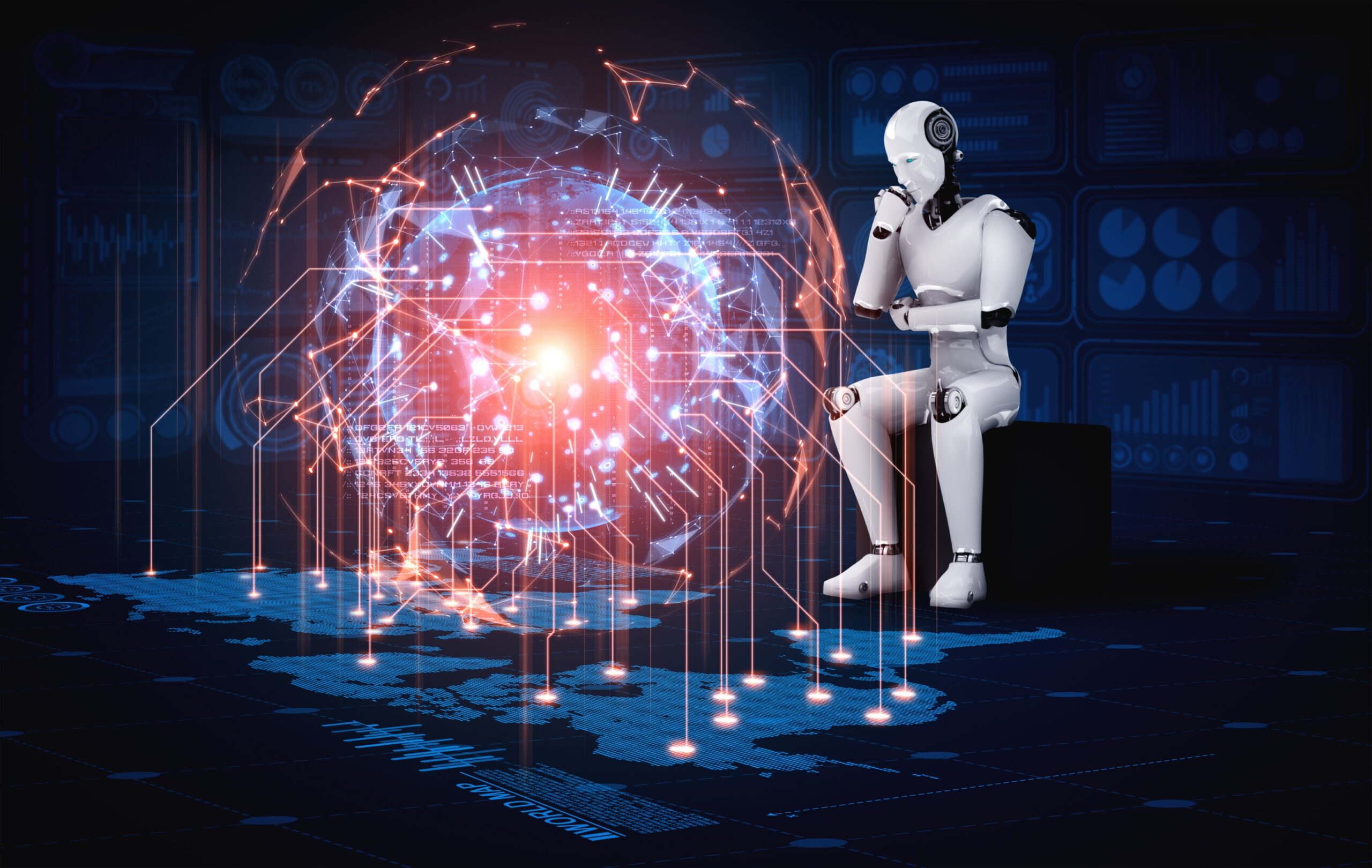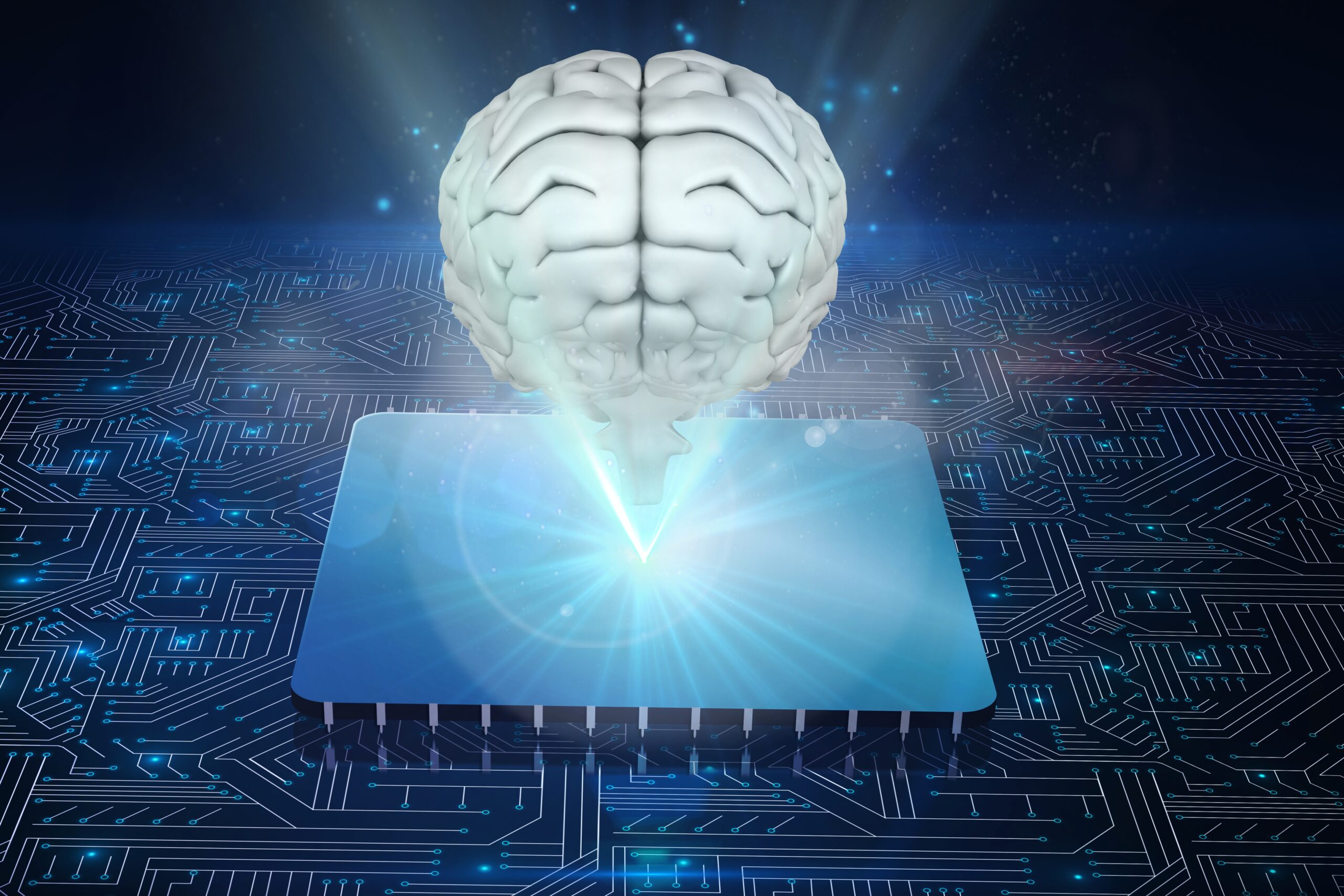The integration of nanotechnology with artificial intelligence (AI) has launched a modern technological revolution that brings benefits to medical and manufacturing sectors and computer technologies as well as sustainability initiatives. This academic partnership creates pathways to goals that were impossible to achieve before and achieves higher accuracy and operational excellence.
Enhancing Nanotechnology with AI AI creates rapid progress in nanotechnology because it enables:
- Machine learning technologies evaluate large nanomaterial datasets to forecast new compound qualities which result in superior nanomaterials with stronger composition and enhanced properties and conductivity and flexibility.
- The combination of artificial intelligence controls nanorobots to route medications precisely to specific human body locations including tumors thereby improving medicine delivery outcomes with lowered negative effects.
- Materials using AI achieve self-healing properties on the nanoscale for extending their reliability in different applications.
- Better computing capabilities result from nanotechnology-based component development which produces more efficient computer systems and enhanced energy efficiency essential for AI technology developments.
Applications Across Industries
- Nanotechnology integrated with AI enables healthcare professionals to accomplish early disease identification together with individualized treatments and distinctive medical interventions which delivers improved health results to their patients.
- Nanotechnology helps create electronics by producing both compact and fast transistors that use less energy thus allowing next-generation AI models.
- Nanotechnology powered by AI systems helps both environmental surveillance and the cleanup of pollution while developing renewable energy resources.
- Nanosensors which merge artificial intelligence capabilities strengthen defense surveillance methods and security threat monitoring for national defense purposes.
Challenges and Ethical Considerations
Several difficulties arise from uniting AI and nanotechnology systems.
- The investigation into how nanoparticles affect humans and the environment needs full attention because it holds risks for human health and ecological safety.
- AI usage in nanotechnology creates ethical problems because it breaches personal data rights and enables unauthorized surveillance activities as well as self-sustaining weapon deployment.
- Growing economic disparities between technology-based areas and resource-limited territories can occur because of the expensive costs involved in nano-AI technology development and implementation.
Mechanism of AI-Integrated Nanotechnology
Advanced computational models together with nanoscale engineering and real-time adaptive systems make up the operation of Artificial Intelligence’s (AI) fusion with Nanotechnology. Through this powerful combination scientists obtain smart choices and exact nanomanipulation abilities that enable automated performance of multifaceted medical procedures and electronic operation and material production.
1. AI-Driven Nanoscale Design & Fabrication
A. Computational Nanomaterial Discovery
- AI models use large data analysis to discover material properties which leads to identifying perfect nanomaterial structures.
- The combination of Deep Learning (DL) with Genetic Algorithms makes it possible to simulate atomic interactions which speeds up material synthetic processes.
- Example: AI-designed carbon nanotubes for ultra-light, high-strength materials in aerospace and robotics.
B. Nano-Manufacturing & Self-Assembly
- AI employs self-organizing nanostructures to improve nanoscale assembly which in turn decreases the number of defects in the system.
- Through Machine Learning (ML) techniques developers improve methods for depositing nanoparticles because this benefits semiconductor miniaturization processes.
- 3D nano-printing that uses AI for electronics and biomedical implants operates through AI assistance.
2. Nanorobotics & AI-Powered Autonomous Systems
A. AI-Guided Nanorobots in Medicine
- AI controls nanorobots for precise drug delivery, gene therapy, and tissue repair.
- Nanobots receive dynamic learning ability from Reinforcement Learning (RL) to adapt effectively in biological environments.
- Through AI pattern recognition nanorobots use abnormal protein detection to find cancer cells during their medical operations.
B. Bio-Sensing & Smart Nanodevices
- Health metrics detection with early disease identification occurs through the combination of AI and nanosensors which also allows for treatment adjustments.
- Actual biological information continues to stream to IoT-enabled nanosensors which promptly perform data analysis.
- The combination of smart nanosensors aids diabetes management by determining glucose concentration in the body
3. AI in Nanoelectronics & Quantum Computing
A. Next-Gen AI Chips Using Nanotechnology
- High-speed processing along with energy efficiency results from using transistors which AI has optimized at the nanoscale size.
- AI speed-up becomes possible through neuromorphic computing combined with memristors because they duplicate human brain operations.
Example: Graphene-based AI chips for ultra-fast computing.
- The advancements in quantum computing along with nanoscale AI represent the third part of this section.
- The combination of quantum dots with nanophotonic systems increases AI computation speed which enables faster solutions of complex tasks.
- The application of AI-based error detection algorithms leads to stable operation in quantum computing systems.
Example: AI-trained quantum processors in cryptography and simulations.
4. AI-Enhanced Nanotechnology for Sustainability
A. Environmental Monitoring & Nano-Remediation
- Real-time detection of toxins along with pollutants and greenhouse gases takes place through AI-powered nanosensors.
- Nanomaterials with self-regeneration capabilities use automatic processes to clean water along with air and soil simultaneously.
Example: AI-controlled nano-filters for ocean microplastic removal.
B. Renewable Energy & AI-Optimized Nanomaterials.
- Artificial intelligence predicts how well nanomaterials function as components in solar panels and batteries together with hydrogen storage systems.
- Perovskite nanoparticles when combined with quantum dots increase the efficiency of solar energy conversion processes
Example: AI-driven nano-batteries for ultra-fast charging electric vehicles.
5. Ethical & Safety Mechanisms in AI-Nanotech
A. AI-Controlled Safety in Nanotechnology
- AI controls safe nanoparticle reactions to stop biological systems from developing toxicities.
- Before actual commercial use Digital Twins execute computer simulations to predict nanotechnology operations.
- AI conducts prediction models that evaluate nanomaterial toxicity to prevent harm during experimental testing on humans.
B. Security & Ethical Governance
- Digital record-keeping with AI-driven blockchain technology ensures the full visibility of nano-based healthcare products as well as industrial applications.
- The system controls ethical boundaries through artificial intelligence thus protecting nanotechnology from improper usage of surveillance and weaponization.
Example: AI-monitored nanotech ethics compliance in global industries.
Future Prospects
The present-day combination of AI with nanotechnology will lead to:
- Standard healthcare operations will gain full access to personalized treatments as well as advanced diagnostic tools which will boost healthcare solutions’ effectiveness.
- Producing nanomaterial technologies with self-destructive capabilities will help industries reach higher efficiency and sustainability targets along with AI-controlled automation systems.
- The future of science will benefit greatly from joining AI systems with nanotechnology because it enables groundbreaking discoveries in material science and quantum computing and also in energy storage research.
Conclusion
Nanotechnology together with Artificial Intelligence functions as a powerful force which enables transformative discoveries in diverse scientific fields. Proper responsible technology development approaches together with ethical care ensure these innovative products create social benefits while establishing an advanced path toward better life standards and progress. The mechanisms of AI-integrated nanotechnology drive innovations in medicine, electronics, sustainability, and beyond. Modern applications using machine learning together with quantum computing and smart nanosensors provide exceptional precision in addition to improved speed and automated operations. The development of AI-integrated nanotechnology depends on solid technological safety protocols and security measures and ethical standards for achieving human-centric advantages.





